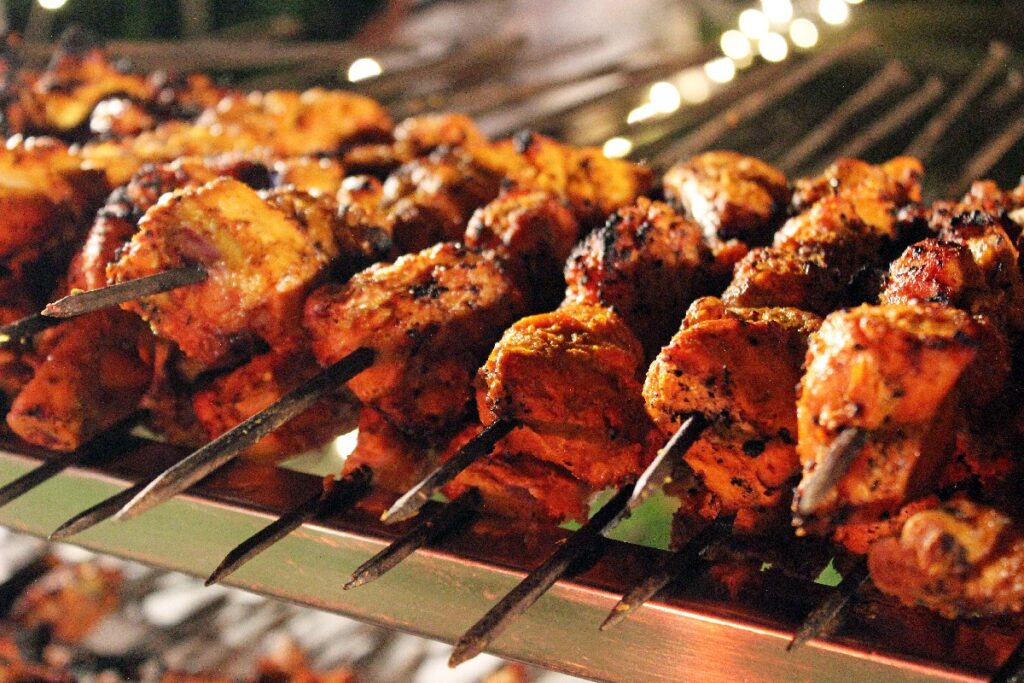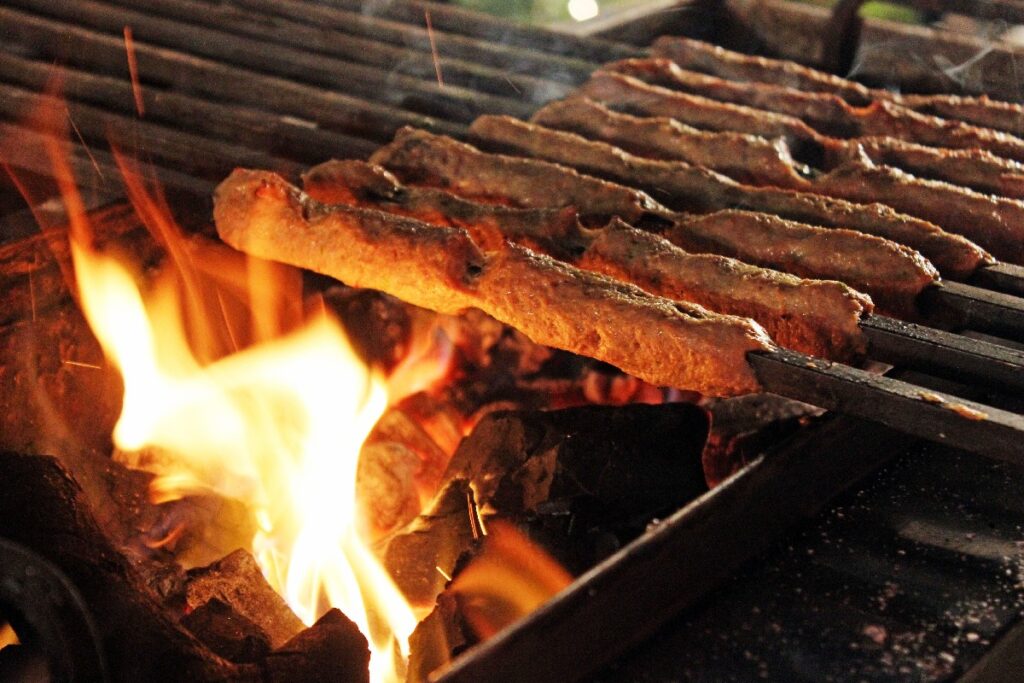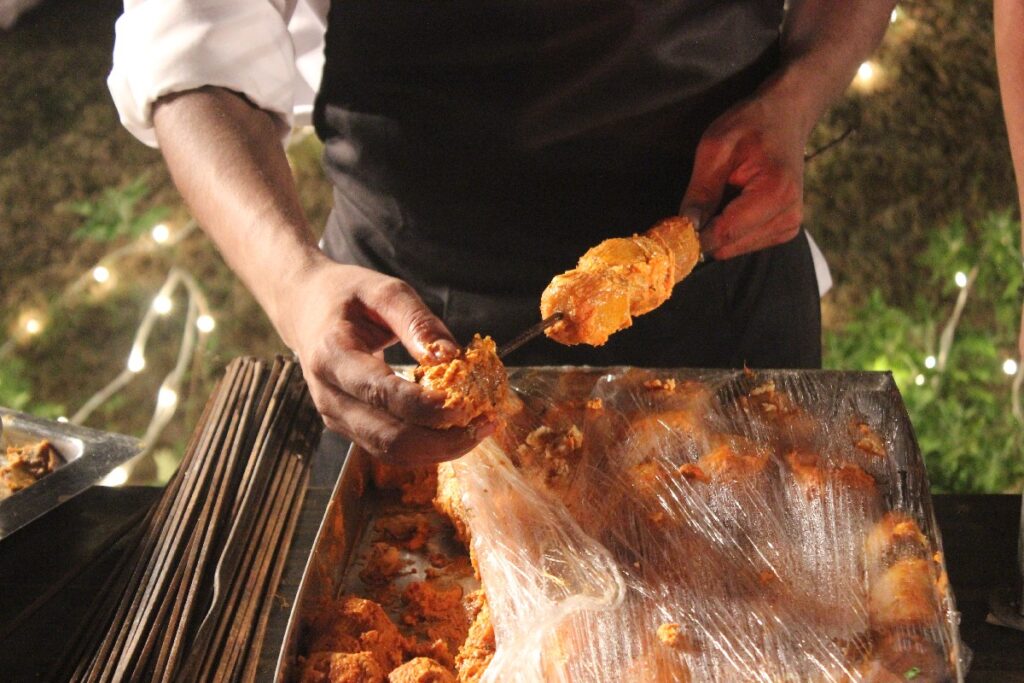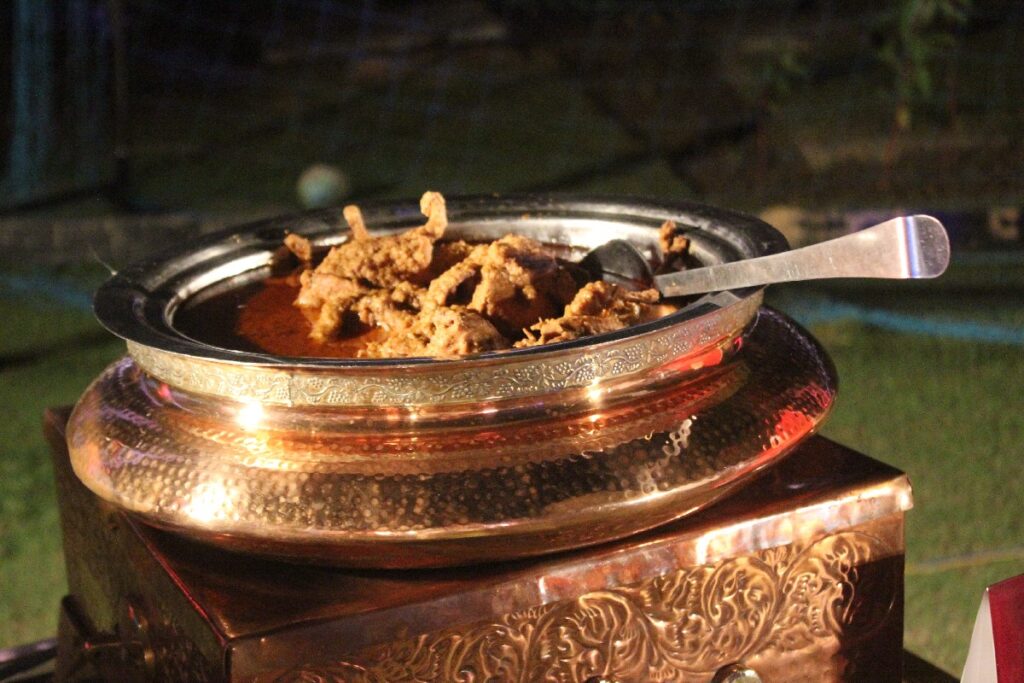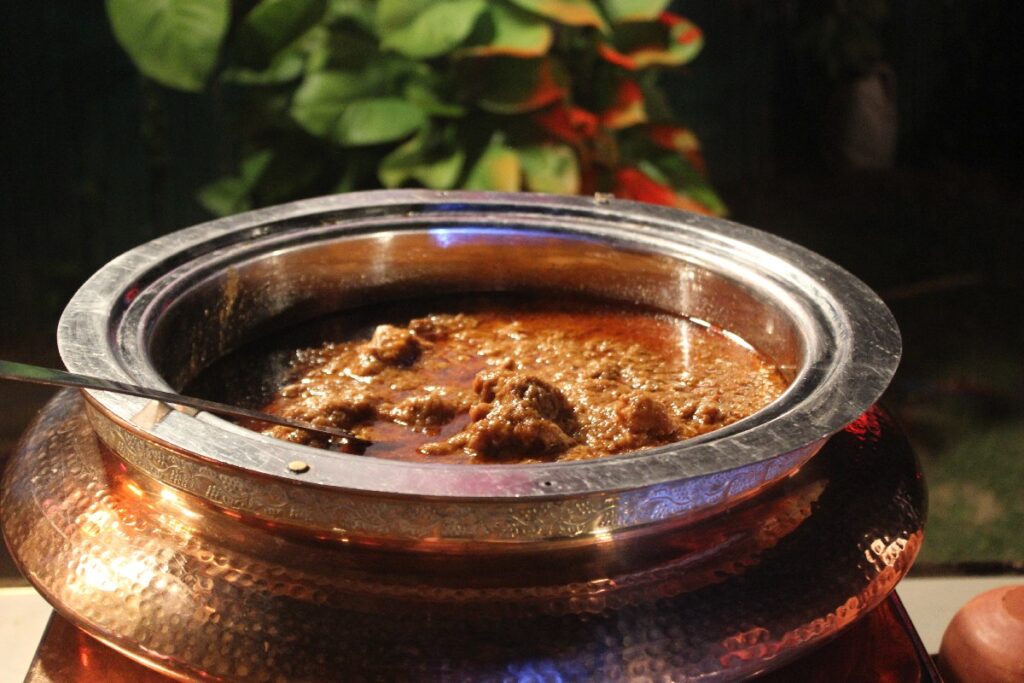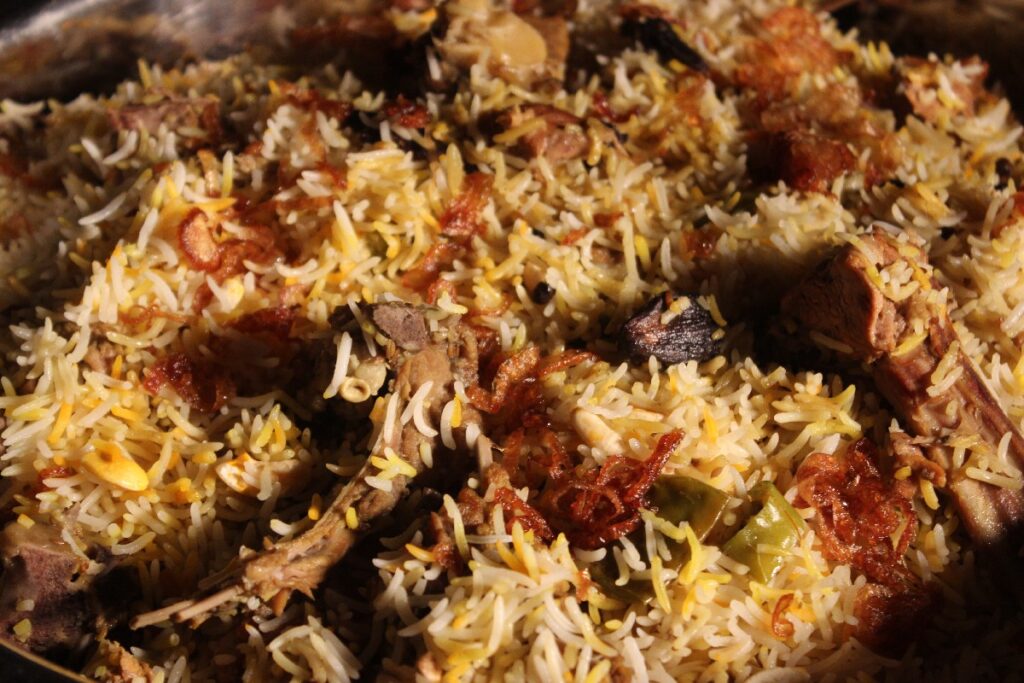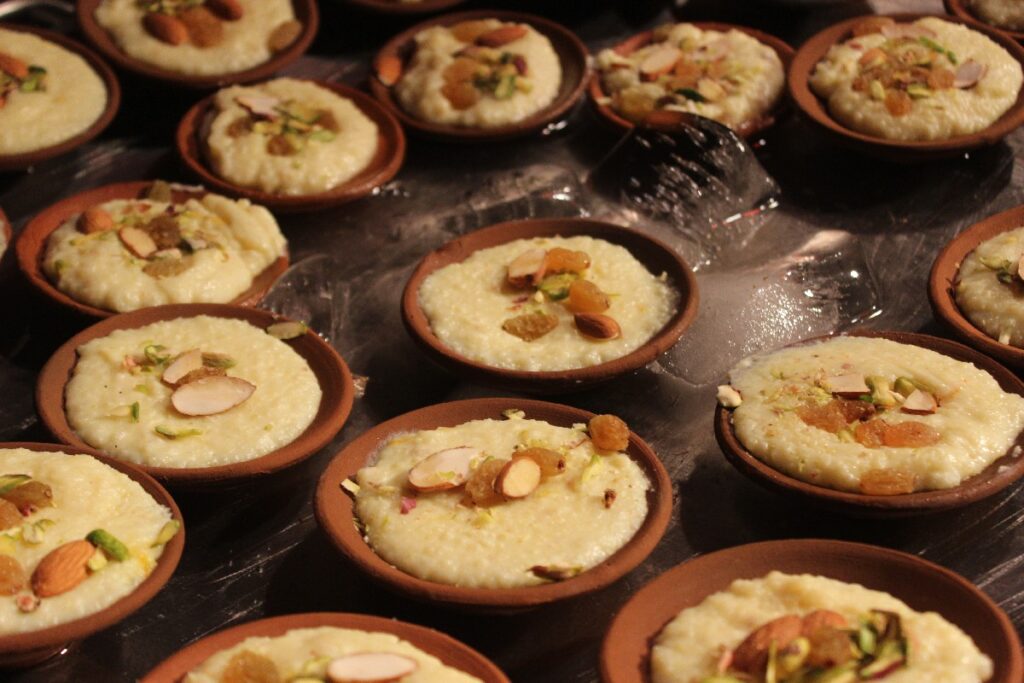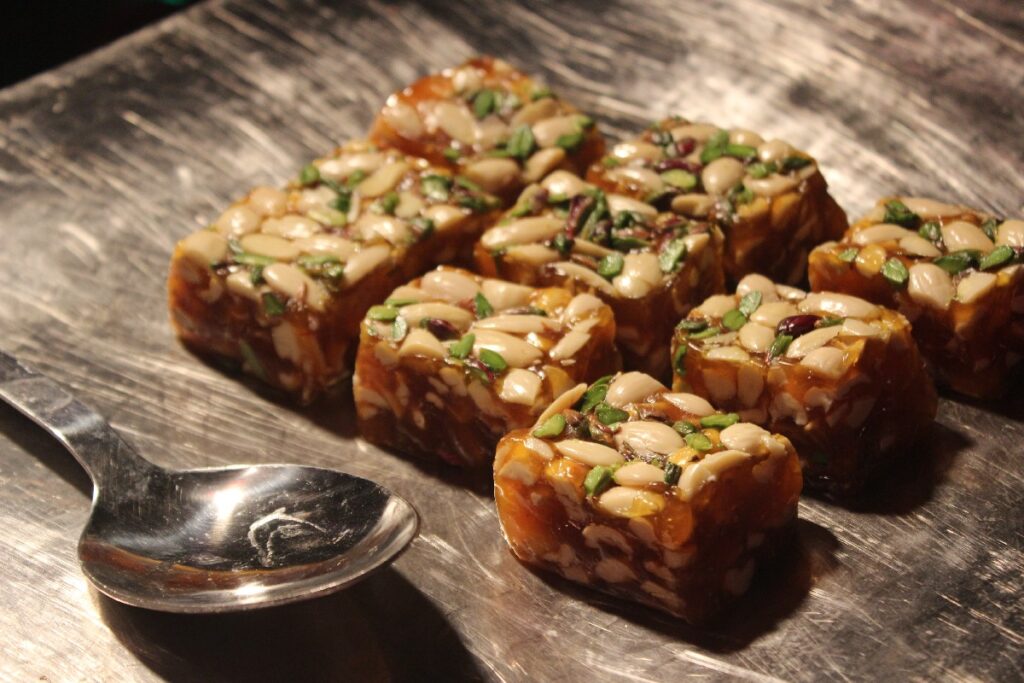India. Whenever one thinks of royal food, the Mughlai cuisine comes to mind. With its biryanis and kebabs, the rich flavors shine through.
In fact, India has an incredible food culture in terms of variety, richness, and regional influences.
Every 100 km in the country, the food habits change and you find specialty food and food traditions. These are carried forward through generations and hold cultural significance.
Mughlai food is a spectacular symphony of taste and presentations. Both the flavour and aroma of Mughlai are unbelievable.
Most of the preparations are rich in oil, creamy, aromatic with fragrant spices, and skillfully spiced with dry fruits to add depth to the taste.
Origin of Mughlai cuisine
Mughlai cuisine was developed in the royal kitchens of the Mughal Empire during the rule of Babar.
He initiated the Mughal Empire’s rule in India during the 16th century. Therefore, the cuisine portrays a mix of culinary styles and recipes of North India and Central Asia.
Mughlai cooking is a classic Indian tradition that originated in places such as Uttar Pradesh and Delhi. It is an amalgam of the traditions of Persia, the Middle East, and India in its cooking style and spices.
The history of Mughlai cuisine can also be traced to Bhopal and Hyderabad. In a nutshell, Mughali food is a fusion of old Persian and Indian cuisines.
Mughlai cuisine is a meat-intensive cuisine, but it’s interesting to note that Mughlai cuisine uses beef and pork very rarely.
Emperor Babar and Akbar were aware of the fact that beef and pork hurt both Hindu and Muslim religious believers, hence restricted their use in Mughlai cuisines.
As such, one finds more goat meat, fowl, and sheep in the non-vegetarian dishes.
Non-vegetarian food
For non-vegetarians, the best known and most distinctive Mughlai dish is the Murgh Musallam. It is one of the most exquisite Mughlai dishes and comprises of a stuffed chicken. Various spices and seasonings like egg, tomato, ginger, and onion are added to the chicken and cooked over low heat.
Other nonvegetarian delicacies include biryanis, kebabs, kofta (meatballs), and pulao (or pilaf). Tandoor items like Mughlai paratha, kadhai gosht, and shahi rogan josh are also popular in Mughlai cuisine.
Vegetarian food
There are interesting dishes for vegetarians too. Nadro ki subji, nargisi kofta, and shahi kaju aloo are some of the vegetarian delights that are always a hit in a Mughlai kitchen.
The dishes are always paired with bread like tandoori roti, naan, and sheermal. Various rice preparations like biryani and pulao can be served alongside as well. Roghni naan is one of the best-liked Mughlai flatbread made with all-purpose flour, egg, milk yoghurt and a few spices like poppy seeds and onion seeds.
Desserts
Desserts are also an important part of a Mughlai meal. And, here too, the aroma is a deadly killer. Shahi tukda (bread pudding), kalakand, falooda, and kesari firni are the ones to die for.
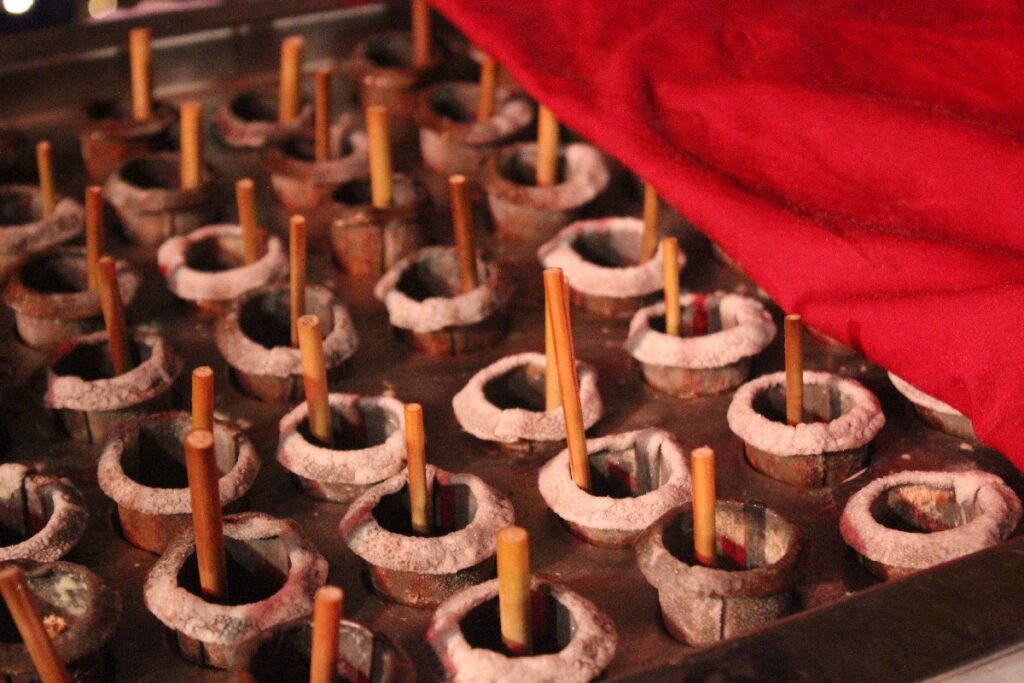
Kulfi is one of the most popular frozen dairy-based desserts. Similarly, it originated in the 16th century during the Mughal Empire. Kulfi is taken from a Persian word meaning a covered funnel or a cup due to the way it is frozen.
It is a mixture of thickened milk, saffron, and pistachio that is frozen in a metal cone and later served with falooda (a kind of noodle).
Chef specialising in Mughlai food
Transcontinental Times spoke to a few chefs in Delhi who specialize in Mughlai cuisine. Executive Chef, Arvind Rai, at The Ashok (a flagship property of the Indian Tourism Development Corporation) says, “There is much more to Mughlai cuisine than just a mash-up of masala and oil. Mughal food is a riot of colours, fragrances, and experiments.
“The atmosphere fills up with rich fragrances of desi ghee and other milk products used for cooking. The food normally is oily, but you do expect a lot of it because of the extensive use of milk, cream, oil, and butter in various gravies that goes in Mughlai cuisine to make it more appetising, flavoursome, aromatic and finger-licking exotic tasty. Preparing Mughlai food is a time-consuming process using lots of whole spices.”

